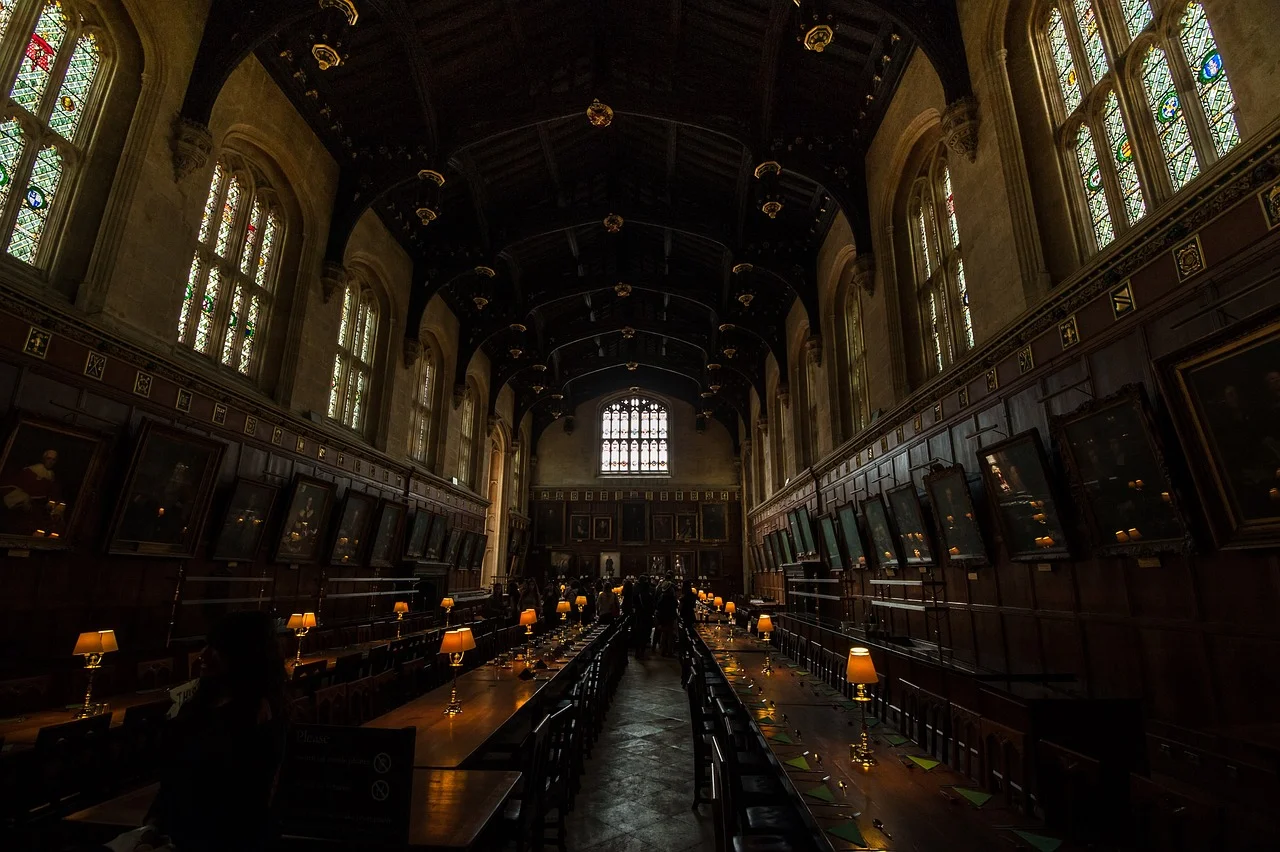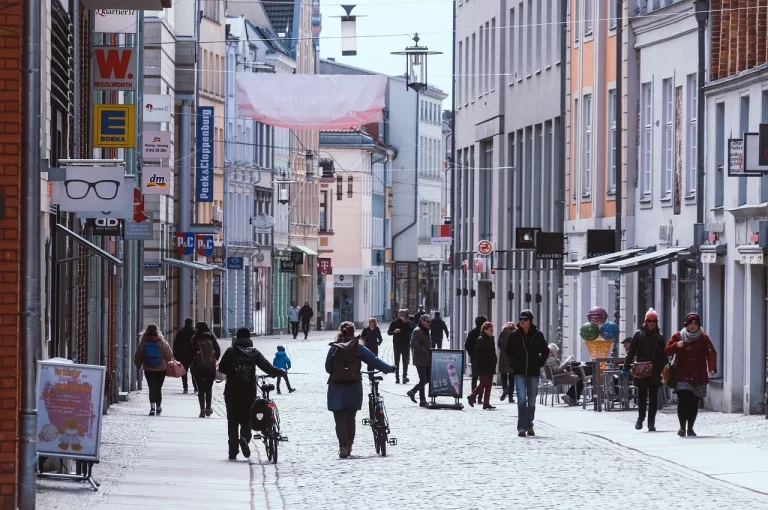Oxford is not Hogwarts. It has no moving staircases, flying broomsticks, or enchanted ceilings that reflect the sky. And yet, for countless visitors and students alike, walking through Oxford feels uncannily like stepping into a chapter of Harry Potter. The sensation isn’t simply a trick of the eye—it’s rooted in the city’s ancient architecture, academic traditions, atmosphere of mystery, and cultural connections to the Wizarding World.
Though Hogwarts is fictional, its roots run deep in places like Oxford, where centuries of scholarship, symbolism, and ceremony blend seamlessly with the magical. But what exactly makes Oxford feel like a living page from J.K. Rowling’s novels?
1. The Architecture That Breathes Magic
First and foremost, Oxford’s architectural landscape sets the stage for the illusion. Towering spires, stone courtyards, arched cloisters, and vaulted ceilings abound—creating an ambiance that feels untouched by modernity.
Colleges like Christ Church, Magdalen, and New College offer visual experiences strikingly similar to Hogwarts. Christ Church’s Great Hall, for instance, famously inspired the design of the Hogwarts dining hall in the Harry Potter films. Though not filmed there, its stone floors, stained-glass windows, and long wooden tables evoke the magical mealtime scenes readers have imagined for years.
Other locations, such as the Bodleian Library and Divinity School, were actual filming sites for scenes including the Hogwarts infirmary and classroom interiors. These spaces have remained architecturally consistent for centuries, making them natural stand-ins for a fictional castle that itself seems untouched by time.
2. A Living History of Ritual and Tradition
Oxford’s atmosphere goes beyond visuals. The city is infused with traditions that mirror those found at Hogwarts. Gown-clad students still walk the streets, particularly during matriculation or examination periods, wearing black robes that echo wizard attire. Latin prayers, formal high table dinners, and ceremonial events still punctuate academic life.
These customs, some centuries old, create an environment that feels removed from the everyday world. Just as Hogwarts values house loyalty, prefect duties, and headmaster speeches, Oxford holds to its hierarchical, ritualistic academic culture. In both places, learning is treated not only as instruction but as ceremony.
3. Hidden Spaces and Maze-Like Pathways
Wandering through Oxford, one frequently stumbles upon narrow alleys, shadowy archways, and locked doors with mysterious crests. Many of these pathways are private to college members, lending them an air of exclusivity—and intrigue.
This element of secret access echoes the moving staircases and password-protected corridors of Hogwarts. You might find a tucked-away garden through an iron gate or an ancient chapel behind an unassuming arch. The layout invites exploration, offering the sense that something magical might be waiting just out of view.
4. Academic Houses and Intellectual Rivalry
Much like Hogwarts’ Gryffindor, Ravenclaw, Hufflepuff, and Slytherin houses, Oxford is divided into independent colleges. Each has its own residence halls, libraries, dining facilities, and traditions. Students identify strongly with their college, and friendly rivalries are common—whether through debate, sports, or trivia.
This collegiate system amplifies the feeling of being part of something larger yet distinct—a home within a vast institution. While the houses at Hogwarts are sorted by personality, Oxford’s colleges are selected through applications and interviews, but the outcome feels similarly defining. Once chosen, a student becomes part of that community’s history and reputation.
5. Libraries That Look Like Spell Archives
Few places better evoke the image of a wizard pouring over ancient tomes than Oxford’s libraries. The Bodleian Library, Radcliffe Camera, and Duke Humfrey’s Library are temples of books, each with their own hushed reverence and architectural grandeur.
Duke Humfrey’s, in particular, with its oak bookshelves, brass railings, and gothic windows, was used as the filming location for Hogwarts’ library. Even for those unfamiliar with the films, stepping into these spaces feels like stepping into a magical archive.
The books themselves—many bound in leather with gilt lettering—are centuries old. The smell of parchment, the echoing footsteps, and the quiet rustle of turning pages all contribute to the experience of being surrounded by knowledge that transcends time.
6. The City’s Relationship with Literature and Fantasy
Oxford isn’t just visually magical; it has long been a birthplace of literary fantasy. C.S. Lewis taught here and wrote The Chronicles of Narnia. J.R.R. Tolkien worked on The Lord of the Rings while serving as a professor. Lewis Carroll, author of Alice’s Adventures in Wonderland, was a mathematics tutor at Christ Church.
This rich literary history has permeated the city’s identity. Bookshops, plaques, and themed tours remind visitors that Oxford has continually inspired the fantastical. In many ways, Rowling’s creation of Hogwarts can be viewed as part of a broader Oxford tradition—one in which reality and imagination exist in close proximity.
7. The Presence of Scholars and Seekers
In both Oxford and Hogwarts, intellectual pursuit is revered. At Oxford, students dedicate themselves to questions of ethics, science, history, and philosophy. The libraries, lectures, and debates are not merely academic exercises—they are quests for meaning.
This mirrors the purpose of Hogwarts: while spells and potions may dominate the curriculum, at its core, the school is a place for self-discovery, challenge, and moral growth. The mentorship of professors, the tests of courage, and the pursuit of truth are shared motifs between the two realms.
When you walk through Oxford, you witness not just architectural splendor, but the active pursuit of wisdom—a value that makes it feel like an extension of the magical world.
8. Student Life That Blends the Old and New
Despite its ancient roots, Oxford is not frozen in time. Students use laptops in medieval libraries and sip espresso in 14th-century courtyards. This blending of old and new is reminiscent of how Hogwarts mixes flying brooms with magical maps and enchanted mirrors.
The ability to coexist with tradition without being weighed down by it is a trait shared by both institutions. This balance creates an immersive environment that feels magical precisely because it defies the expected boundaries of time and culture.
More Than Aesthetic—A Feeling
What makes Oxford feel like a Harry Potter chapter isn’t just the filming locations or gothic spires—it’s the atmosphere. It’s the slow rhythm of footsteps on ancient stone, the hushed anticipation before a formal dinner, the silent awe inside a cathedral-like library. It’s the knowledge that people have studied, taught, and dreamed here for centuries.
Hogwarts may be a product of fiction, but its DNA is undeniably present in Oxford. Both places suggest that learning can be sacred, that tradition can feel magical, and that wonder doesn’t require wands or incantations—just a well-worn path and an open mind.


